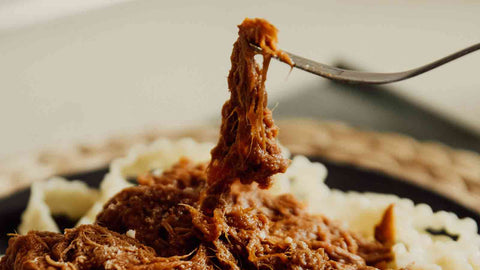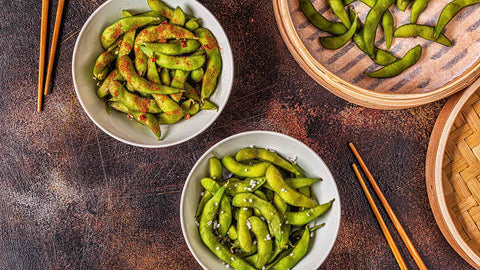How To Prepare Your Culinary Masterpiece

First thing is first. So you want a culinary masterpiece? Be careful and to follow these instructions to become great.
Prepare Your Food Lists
Do you have any ingredients in supply? Do you have enough for your recipe? Are the ingredients still fresh or have they spoiled? List what you’re missing and how much you need. If you’re just cooking for one or two, don’t get the family packages of perishables unless you can freeze the extra and use it up before it gets freezer burn. Most dry spices keep quite a while, but can lose potency if stored in warm, damp areas.
Check the grocery ads
See what’s on sale. There’s no sense in paying more than you have to. Consider how many people you’re cooking for and how much refrigerator and freezer space you have. Nothing is a bargain if you can’t store it long enough to cook and eat it. A large roast, for example, can be chopped into meal-sized pieces and frozen, or you can cook the whole thing, eat what you want, and save the rest for sandwiches, stews, casseroles, and snacks–if you have the refrigerator or freezer space to store it.
Using coupons: Coupons can save you money or cost you.
If the coupon is for something you would have bought anyway, it’s worth using. If it’s just a different brand, the coupon makes it cheaper than your regular brand, and you can’t taste the distinction, use it. If the only reason you’re buying the product is to use the coupon, forget it! If it’s something new that you’d like to try, and you don’t have to buy a large quantity, look at the price and decide if it’s worth the money to you. Go ahead and treat yourself occasionally. Little treats make it easier to stick to a healthy routine the rest of the time.
How much should you buy?
Most supermarkets have the prices marked on the shelves, and show a unit price on the ticket. Sometimes the larger package costs less per pound, or ounce, or whatever unit is used. Sometimes the smaller package is in fact the better buy. Small calculators are so inexpensive nowadays that getting one to take shopping with you can save you money, especially when one brand, for example, lists the price per pound and another shows the per ounce price.
With foods that have to be frozen or chilled, or fresh fruits and vegetables that spoil quickly (known as “perishables”) only buy as much as you can use before they perish. The fresher it is, the better the flavor and nutrition, so, even though you can keep a lot of stuff in the freezer for long periods, it’s better not to keep it for more than a few weeks. (Keep track of what’s in the freezer–date everything as it goes in–so that nothing gets buried in the back or bottom for years at a time.)
It’s real easy to overbuy when things are on sale. Then you risk either having to eat so much of it that you can’t stand the thought of it for a long time afterward, or being forced to throw out some of it when it spoils.
Are national brands worth the price? Are house or generic brands just as good as the national brands?
All of the major chain supermarkets have house brands or plainly packaged generic products. Some chains have both. Check out your local chains, try the house products, and decide for yourself when (or if) you want to spend a little more for the national brand. If you really prefer a national brand, especially in non-perishables, watch the ads, and when it goes on sale, stock up. Many of the house brands are made by the same companies that make the national brands. The only difference is that the supermarket chain buys in quantity, and the manufacturer has no advertising expense.
Staple supplies that every kitchen needs.
All-purpose flour, cornstarch (for thickening gravy), assorted noodles and pasta, rice, oils (vegetable, olive, peanut), vinegar (white wine, red wine, apple cider, plain distilled), canned soups (beef broth, chicken broth, tomato, cream of mushroom), assorted spices and flavorings (dried minced onion, oregano for Italian dishes, salt, pepper, any others you like.)Buy small quantities on new items and taste test before stocking up.
Other good things to keep on hand.
Canned meats and vegetables, mayonnaise, mustard, ketchup, favorite salad dressings, horseradish sauce, ready-to-eat cereal, quick cooking oatmeal, Cream of Wheat, Cream of Rice, grits, gravy mixes, drink mixes, any other favorite foods.
With these basic pointers you should be well on your way to having a well stocked kitchen and great cooking experience.




